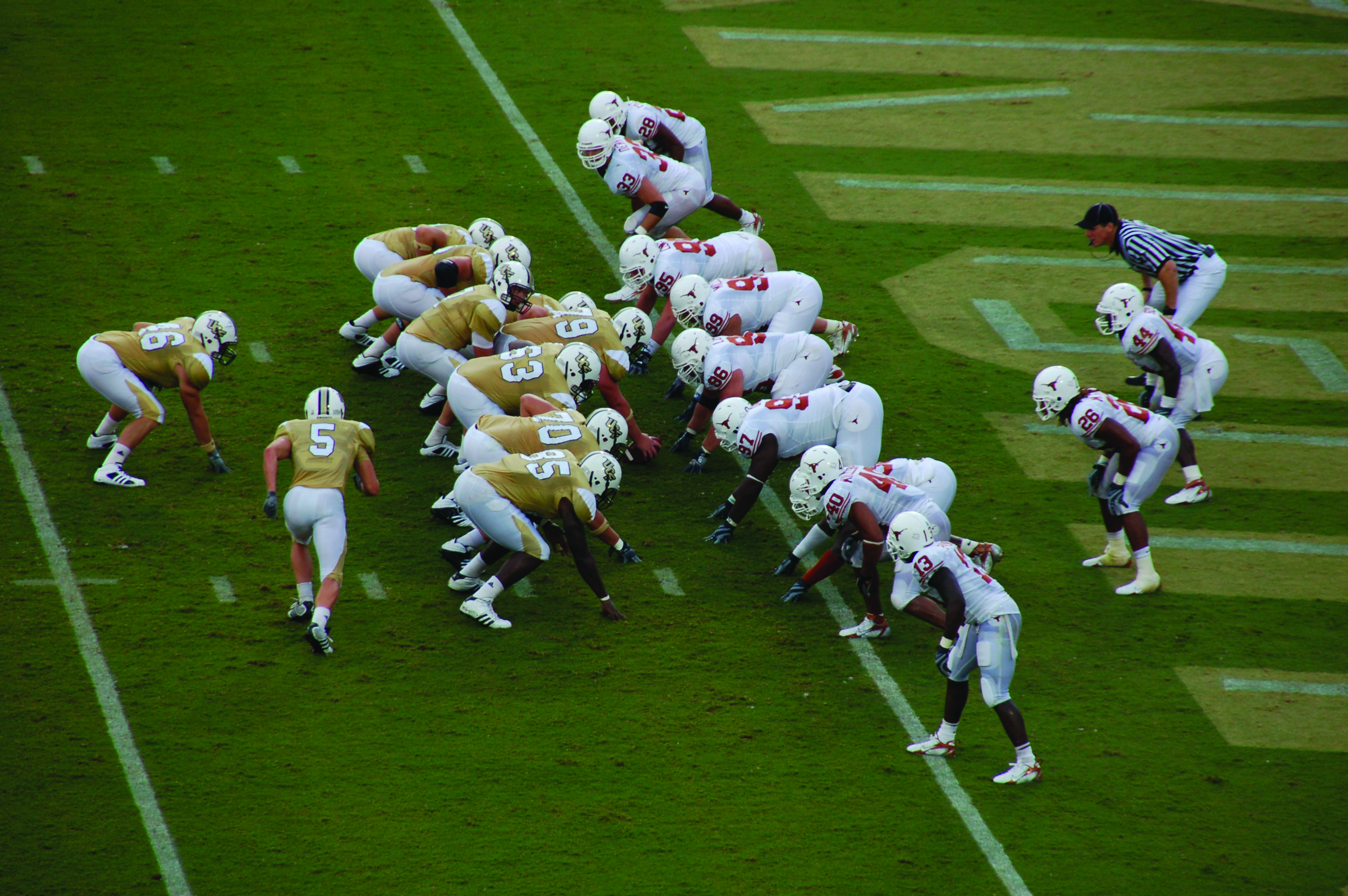By Cole Chernushin, Guest Writer
If you were born in America, odds are there is a sport you have heard little to nothing about that some students play weekly on our campus — handball. These are the top five things you should know about this sport.
1) According to the official website of the Olympic Games, athletes first played handball toward the end of the 19th century in Scandinavia and Germany. Field handball was first recognized at the turn of the century and it came to Sweden as a sport in 1910.
2) Team handball looks something like a combination of soccer and basketball with a dash of hockey thrown in for good measure.
Players are required to dribble a — not surprisingly — hand-sized ball. They can pass to any member of their team at will and aim to score points by throwing the ball across the goal line of their opponent’s net.
3) Though this sport seems to appeal primarily to Northern and Western Europeans, several major American cities have garnered enough player involvement to start leagues of their own. Such cities include: New York, Seattle and Denver.
The league has acquired substantial gains in interest and over the past 10 years has grown to include four regions wherein competition is kept alive and well.
4) Team handball is not as much of a contact sport as American football. However, players of team handball often must demonstrate not only their physical prowess as they bound through the air before hurling a shot at speeds upwards of 60 miles per hour, but they also must sustain their energy through rigorous 30 minute halves.
The length of the field — slightly larger than that of a basketball court — also tests the endurance of those brave enough to step onto the court.
5) Fellow Lutes Sondre Ericksen and Ditte Rasmussen, both juniors, organize the sport for our school and want to see students at any of their practices for the club that they are starting up this year.
With more than 20 years of combined experience shared between the two “handballers,” there will be ample room for improvement and personal coaching, even if students are already familiar with the sport.
Practices will be every Tuesday and Thursday from 8-10 p.m., and all players of all sorts are more than welcome to join. In the words of Ericksen, “All you need to do is show up and try your best.”
Do not let this opportunity to experience and connect with a staple of Scandinavian culture pass you by. Join in at the next handball meeting in order to try your hand at something guaranteed to get your blood flowing somewhere else than the library or your dorm room before the end of the year.



















